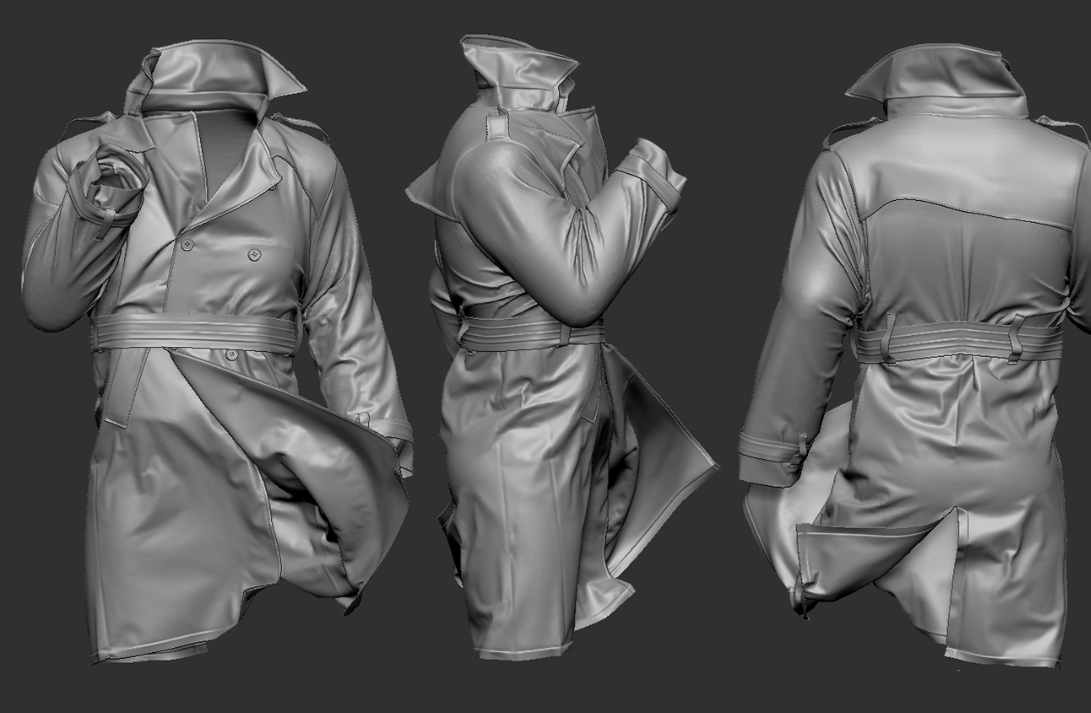The traditional fashion sketch, once the foundation of every collection, is now only the beginning. With the rise of CAD design software, that initial drawing can be digitally transformed into a technical, editable foundation for garment creation. The creative concept is no longer limited to pen and paper—it becomes a dynamic file, adaptable to change, scalable for production, and precise in measurement. This shift allows designers to go from vision to production-ready blueprint without sacrificing creative control.
CAD design introduces a layer of precision that manual methods cannot replicate. Designers can define seam allowances, placement lines, fabric behavior, and even integrate markers directly into their digital layouts. This digital environment reduces room for error and misinterpretation, especially when working with technical teams, manufacturers, or across language barriers. Files created in CAD software become universal design languages that all stakeholders can understand and execute on.
One of the greatest advantages is the ability to maintain a consistent design library. Designers can iterate versions of a garment without starting over, building collections on a solid digital foundation. This is particularly important for brands working on large-scale or seasonal productions, where consistent sizing and structure across styles are critical. The ability to scale patterns instantly and export them in multiple formats also supports a more agile development process.
For production teams, CAD design offers a faster path to prototyping and manufacturing. Since the files are created with measurement accuracy, they can be sent directly to cutting machines or pattern plotters, speeding up the lead time from concept to sample. When paired with automated CAM, the transition from virtual sketch to physical garment becomes nearly seamless. This means fewer physical samples, lower costs, and less wasted material.
In fashion’s fast-paced environment, brands often find themselves under pressure to deliver more in less time. The use of CAD design software not only allows them to meet these demands but helps them do so with less compromise. It makes creative work more fluid, giving designers the freedom to explore new silhouettes, fabric behaviors, and techniques without constant redrafting.
Ultimately, CAD tools allow innovation to flourish without disconnecting from practicality. They bridge the imagination of the designer with the exacting requirements of production, transforming the sketch from a symbolic starting point into a fully-integrated component of a smarter, more sustainable workflow.

